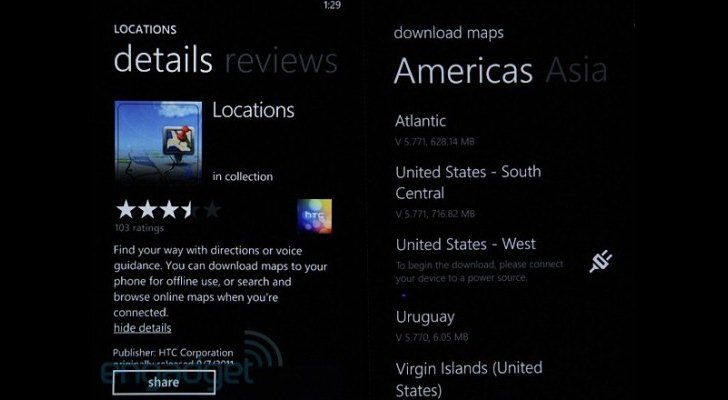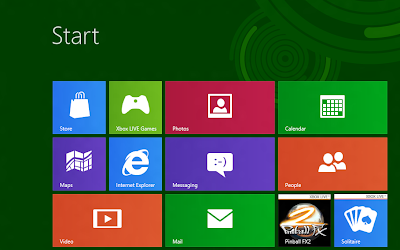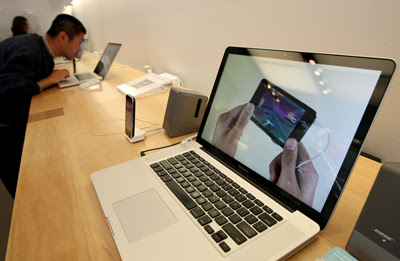
Showcased one month ago at the Mobile World Congress in Barcelona, Lava’s Xolo X900 Android smartphone will make its debut in India in late April.
The folks at AndroidOS have been tipped on the smartphone’s availability timeframe, though there is no detail on Xolo X900’s price tag. Rumor has it that the device will be priced lower than expected in order to successfully compete with other regional brands.
Word is that Lava will launch the Xolo X900 for around 400 USD (300 EUR) off-contract, but this has yet to be confirmed by the manufacturer.
Although the device will be shipped with Android 2.3 Gingerbread out of the box, Lava promised the phone would be upgraded to Ice Cream Sandwich sometime this year.
Anyway, the phone’s main selling...



 3/29/2012 10:05:00 PM
3/29/2012 10:05:00 PM
 dannzfay
dannzfay




























